Life hacks are supposed to make things easier, but let’s be honest—some of them belong in the trash. A few of these so-called shortcuts sound clever at first, only to backfire spectacularly when put to the test. Instead of making life smoother, these hacks will have you wishing you never tried them.
Using Toothpaste to Clear Up Acne
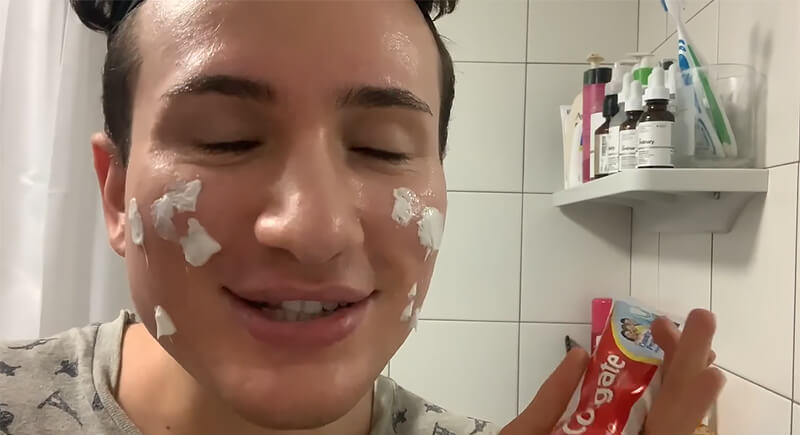
Toothpaste belongs on your teeth, not your face. Sure, it has ingredients like baking soda and hydrogen peroxide, but it also contains menthol, alcohol, and other irritants that dry and inflame your skin. Instead of a magic fix, you might have redness, peeling, or even chemical burns.
Applying Castor Oil for Hair Growth

Castor oil is thick, sticky, and incredibly difficult to wash out. While some people use it for hair growth, no strong scientific evidence proves it works. Instead, it can clog hair follicles, cause buildup, and even irritate the scalp. If you already have a sensitive scalp, this hack could backfire big time.
Using a Microwave to Dry Clothes
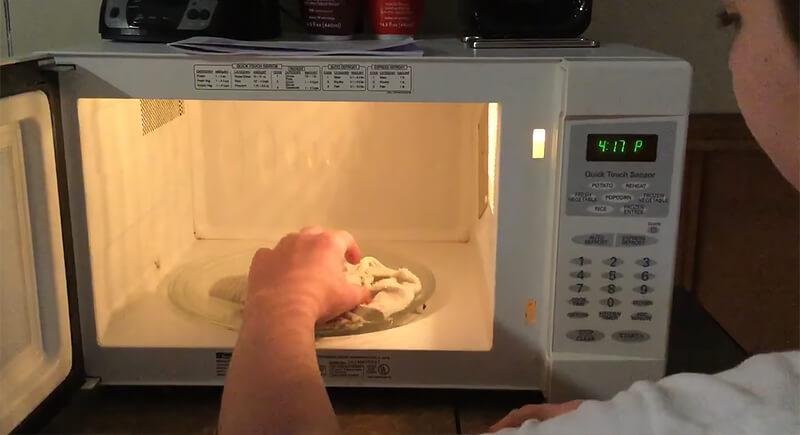
Microwaves are for heating food, not fabric. Trying to dry wet clothes in a microwave is a fire hazard waiting to happen. Even if your clothes don’t catch fire, they’ll likely come out damp, unevenly dried, and smelling a little… burnt.
Putting Your Phone in the Microwave to Charge Faster
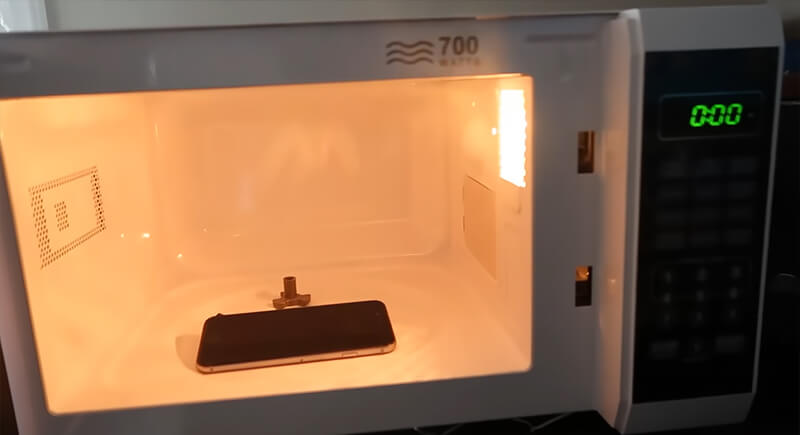
This hack is so ridiculous it feels like a joke, yet some people have actually tried it—only to fry their devices. Microwaves and electronics don’t mix. The electromagnetic waves will destroy your phone’s battery, melt internal components, and likely spark a mini explosion in your kitchen.
Using Lemon Juice as a Natural Sunscreen
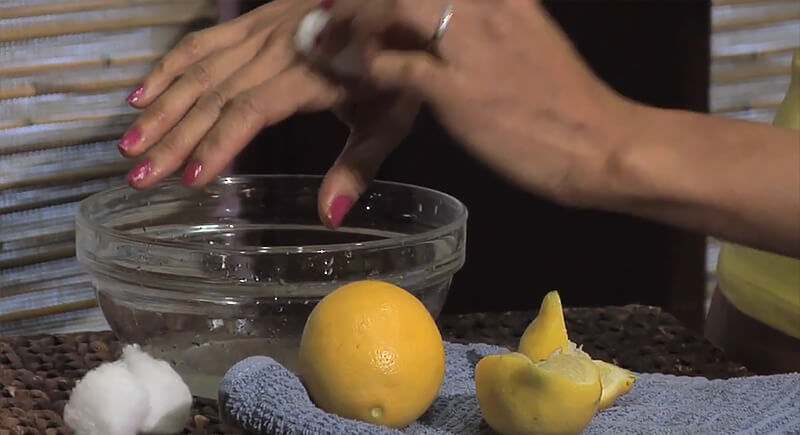
Lemon juice is not sunscreen. The idea that it protects against UV rays is entirely false, and worse, it actually increases sun sensitivity. Lemon juice contains psoralens, which react with sunlight and can cause phytophotodermatitis—a nasty skin reaction that leads to painful blisters and burns.
Inserting a Clove of Garlic in the Ear to Cure an Ear Infection
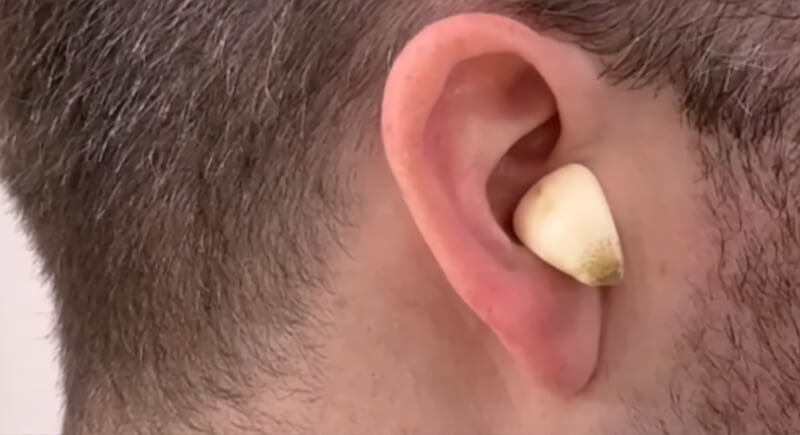
Garlic has antibacterial properties, but shoving a raw clove into your ear won’t magically cure an infection. It might even make things worse. The rough texture can scratch the inside of your ear, and there’s a good chance the garlic will get stuck, turning your minor earache into an embarrassing trip to the doctor.
Using a Pencil Eraser to Fix Scratched CDs
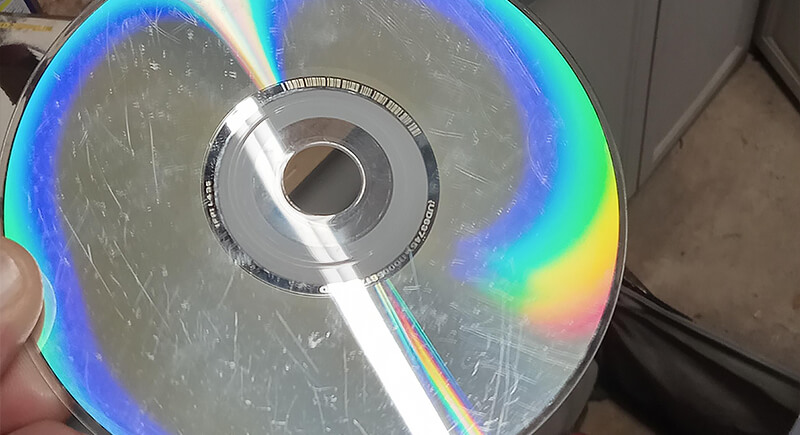
Rubbing a pencil eraser over a scratched CD seems logical—after all, erasers remove marks, right? Unfortunately, this trick can do more harm than good. Erasers leave behind debris and create more micro-abrasions. Pencil erasers are great for fixing math mistakes but won’t restore your scratched-up ‘90s nostalgia.
Using a Soda Can Tab to Hang Pictures
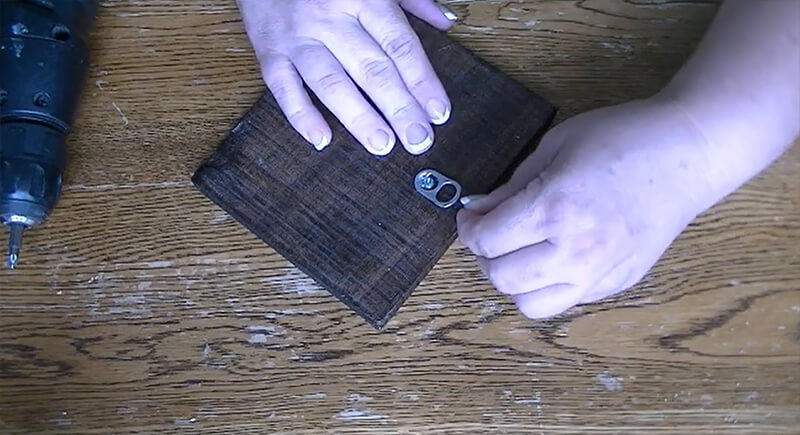
Soda can tabs are flimsy, unreliable, and not designed to hold weight. Sure, it seems like a clever way to upcycle, but unless you enjoy watching your picture frames crash to the ground, you’re better off using actual wall hooks. The thin metal of a soda tab can bend or snap, especially if the frame is even slightly heavy.
Ironing Clothes With a Hair Straightener
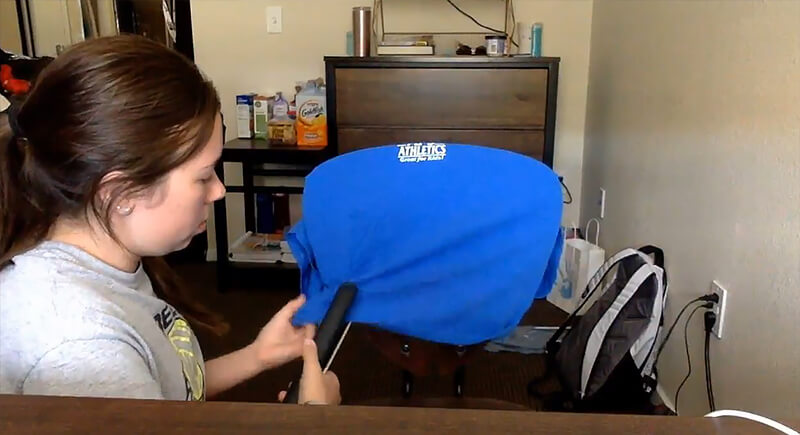
A hair straightener might work in a pinch for small wrinkles, but using it as an iron replacement is terrible. The heat isn’t distributed evenly and leaves the fabric with burnt spots or awkward creases. Hair products and oils that transfer onto the plates can also leave nasty marks on your clothes.
Covering a Bowl of Food With a Shower Cap
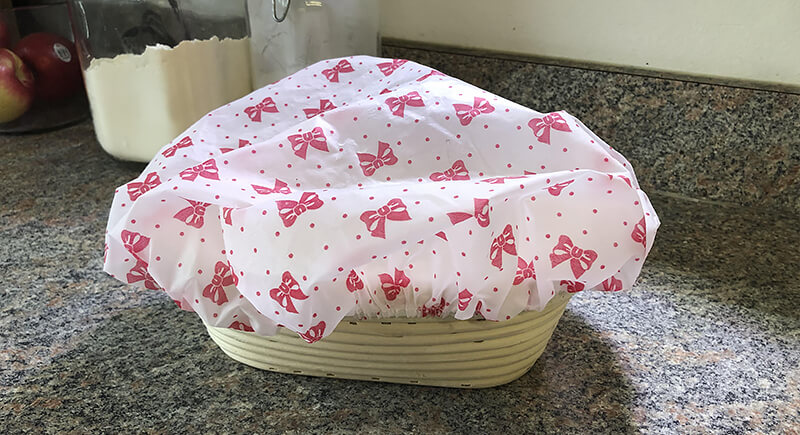
It might seem like a cheap alternative to plastic wrap, but using a shower cap to cover food is a recipe for disaster. Many shower caps aren’t food-safe. It can leach chemicals into your meal. The elastic band isn’t airtight, so your leftovers won’t stay fresh for long.
Placing a Wooden Spoon Over a Pot to Prevent Boiling Over
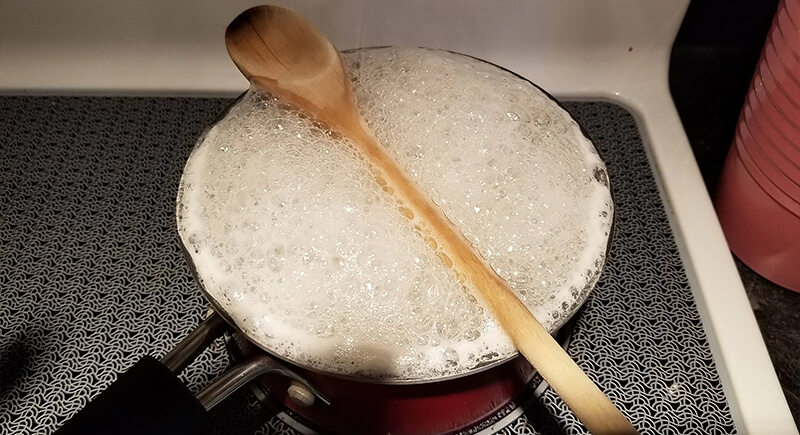
It’s a kitchen trick everyone swears by—laying a wooden spoon across a pot magically stops the water from boiling over. Except, it doesn’t. Once the water reaches a rolling boil, no spoon in the world can stop the flood. Worse, the spoon absorbs steam and moisture. It makes it hot and prone to warping or even cracking.
Using Duct Tape to Remove a Splinter
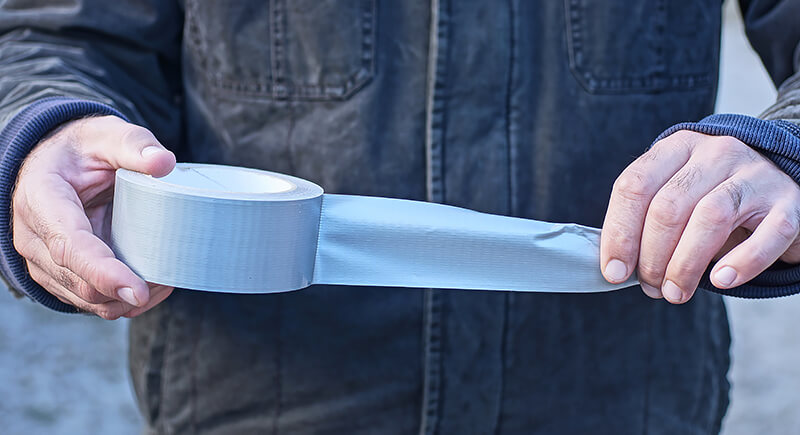
Duct tape is known for fixing everything, but skin problems aren’t on that list. The adhesive might not be strong enough to remove the splinter, but it’s strong enough to irritate the skin. It can even push the splinter in deeper or break it into smaller pieces.
Using a Rubber Band to Keep a Door From Latching
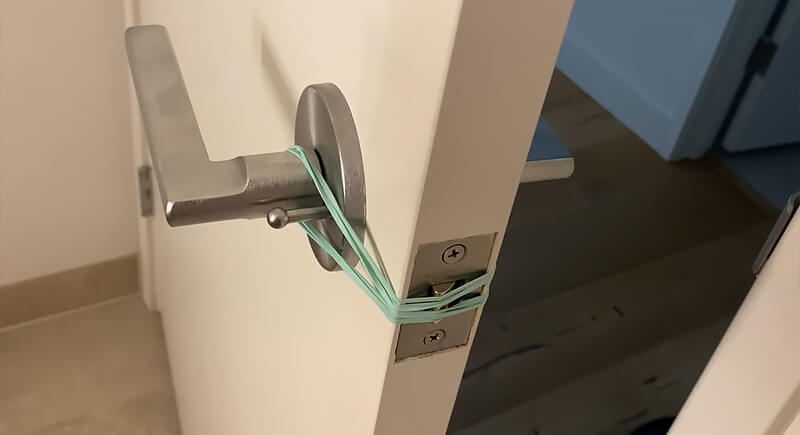
The logic makes sense—wrap a rubber band around the doorknobs on both sides, and voilà, the latch stays tucked in. But here’s what really happens: the band stretches out, weakens, and eventually snaps. If the door gets slammed or jostled, the band can fly off and turn into a projectile.
Using a Plastic Bag as a Makeshift Shower Cap
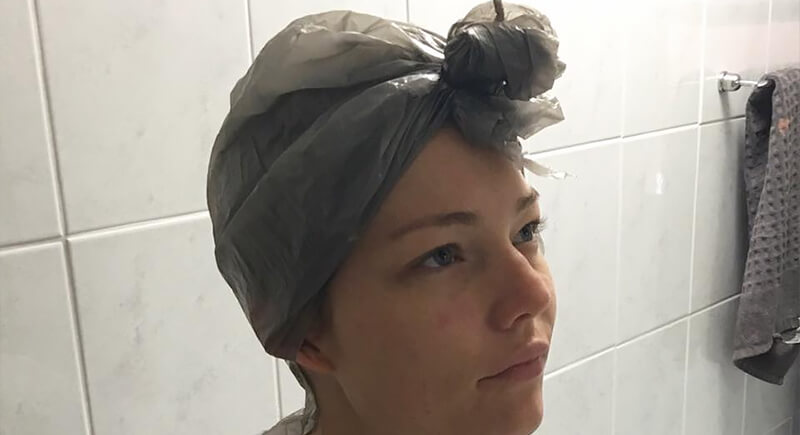
A plastic grocery bag is roughly the same shape as a shower cap, so this hack makes sense at first. But functionally, those bags aren’t designed to be water-resistant for long, and they often have tiny holes that let in moisture. The elastic isn’t secure, so it slips mid-shower and leaves hair soaked.
Using a Soda Bottle Cap to Seal an Open Bag
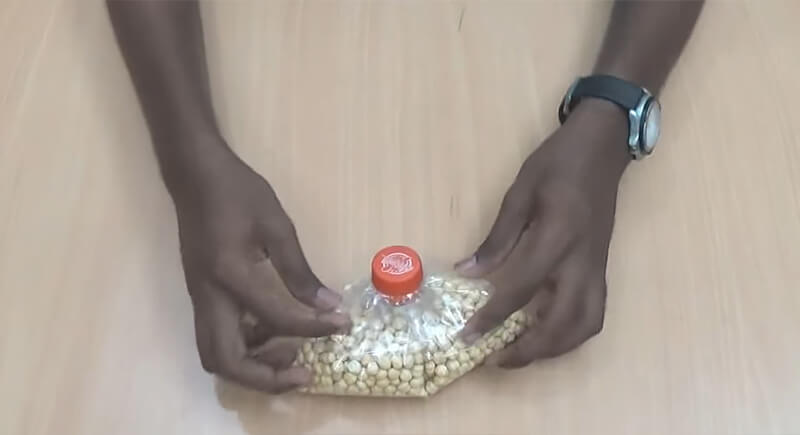
This hack looks brilliant in a video but falls apart in real life. It looks airtight—until the bag inevitably rips. Most snack bags aren’t made to withstand the stress of cramming into a narrow bottle opening. Even if the bag survives, the closure isn’t as tight as it seems.